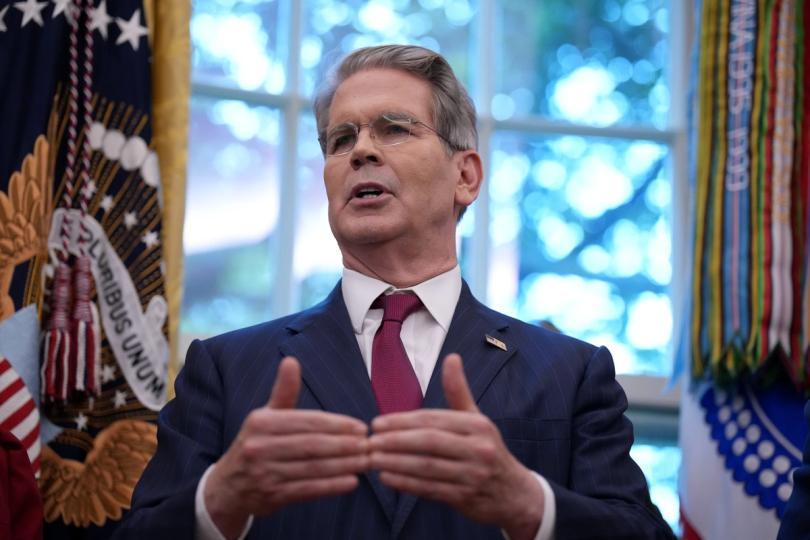US Treasury Secretary Scott Bessent marked the 17th anniversary of the Bitcoin white paper on Friday with a post on The comment also served as a political signal and a partisan nudge.
October 31 has a special weight in cryptocurrencies. It’s the date Satoshi Nakamoto published the nine-page Bitcoin white paper in 2008, the document that outlined a peer-to-peer electronic cash system and set the stage for a network that has operated continuously since January 2009. Supporters use the anniversary to highlight Bitcoin’s always-on design and its independence from a single operator.
Bessent’s note comes amid a year of Treasury crypto messages.
In July, following President Trump’s signing of the GENIUS Act, Bessent called stablecoins “a revolution in digital finance” and argued that an internet-native dollar train could bolster reserve currency status while expanding access to dollar payments. The Treasury posted that statement on its website.
In August, Bessent said on
The reaction to Friday’s post exposed family divisions within cryptocurrencies.
Longtime Bitcoin Core developer Luke Dashjr responded by saying that Bitcoin is “weaker than ever,” a nod to disputes over recent software releases and what they mean for network purity.
Researcher Eric Wall sarcastically responded that “bitcoin died after the release of core v30,” hinting at the recurring doom after updates.
Investor Simon Dixon reframed Bessent’s line as a criticism of monetary policy, arguing that bitcoin’s goal is to protect against political downgrade.
Others pushed for policy action: trader Fred Krueger joked that the Treasury should buy for the Bitcoin Strategic Reserve, and digital asset strategist Gabor Gurbacs urged putting bitcoin “on the balance sheet.”
Responses fell roughly into two camps: technical purists questioning broad resilience claims and market participants pressuring the Treasury to turn rhetoric into procurement policy.
The political advantage was accentuated by timing. The federal government has been in a partial shutdown since Oct. 1 after Congress failed to meet fiscal year 2026 appropriations, resulting in about 900,000 furloughs, about 2 million employees working without pay, and restricted operations at agencies like the NIH and the CDC. The episode is the 11th closure to reduce services and is described as the longest total closure on record.
Read carefully, Bessent’s post saluted a network that operates on weekends and holidays. Interpreted politically, he contrasted bitcoin’s uptime with a Congress deadlocked on funding bills, another sign that the Treasury chief intends to keep digital assets in the political conversation on Washington’s busiest days.




